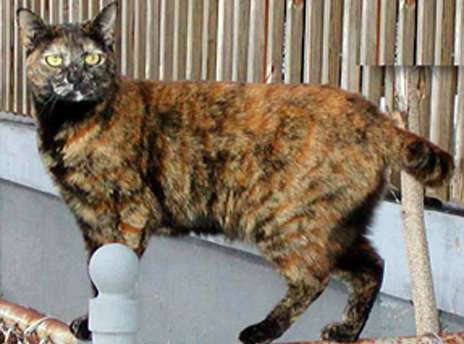Xist and calico cats: How extra genes on X chromosomes get turned off

Females carry two copies of the X chromosome which—unlike the male's gene-poor Y chromosome—are home to 1000 genes crucial to development. So how does the developing female embryo inactivate duplicate genes along the chromosome, a process that explains the random mix of orange and black color patterns of the calico cat?
Researchers at Yale and collaborators at Massachusetts General Hospital add new details to this complex molecular choreography. Matthew Simon's laboratory at Yale, together with two other labs, studied a large molecule of RNA called Xist—X-inactive specific transcript—that is expressed only in cells where genes along X chromosome are inactivated.
They found that Xist does its job in a two-step process, beginning in a gene-rich environment along the chromosome and then spreading to regions where genes are sparser.
For more details, see the study published online Oct. 27 in the journal Nature.
More information: www.nature.com/nature/journal/ … ull/nature12719.html
Journal information: Nature
Provided by Yale University















